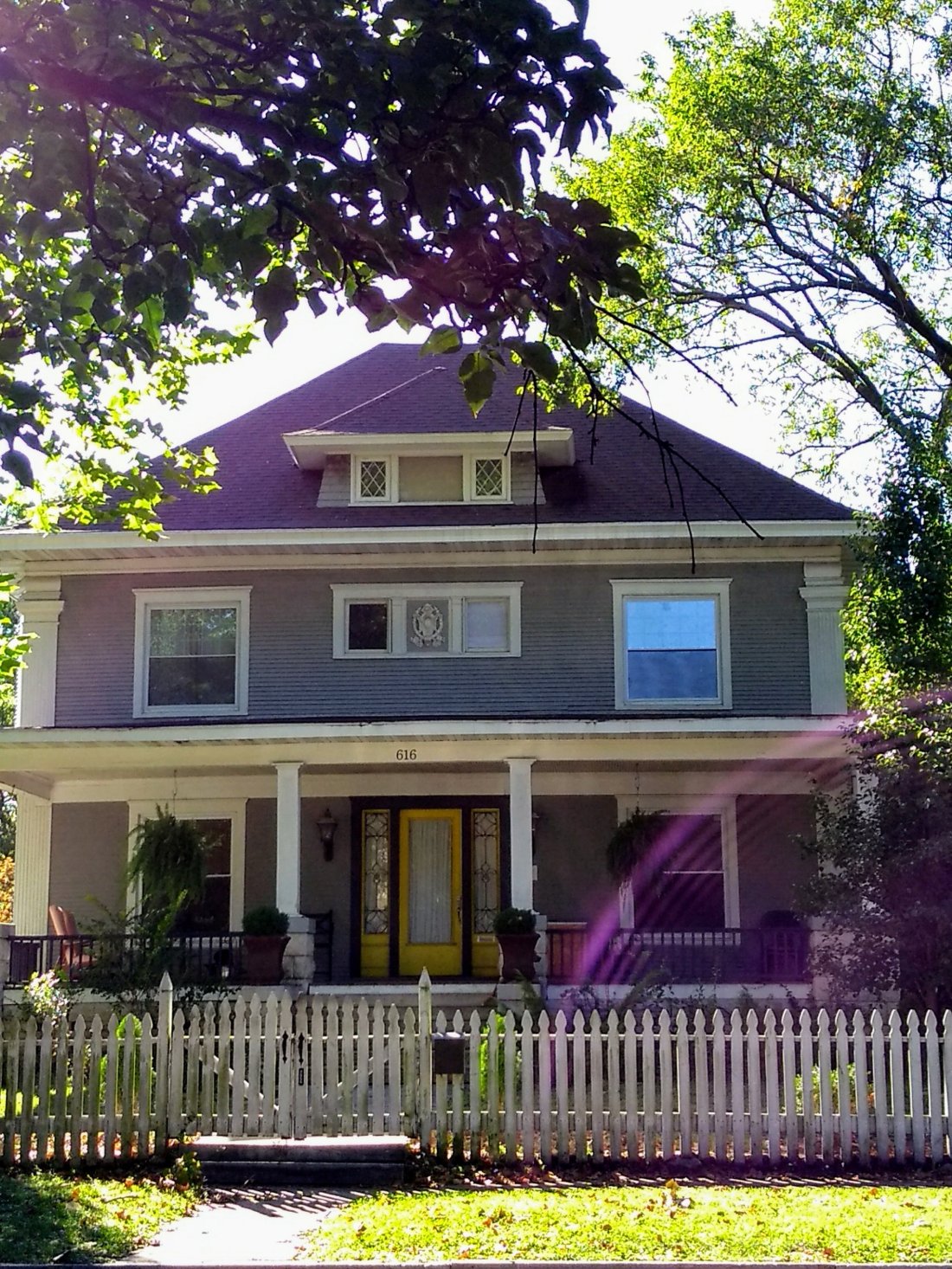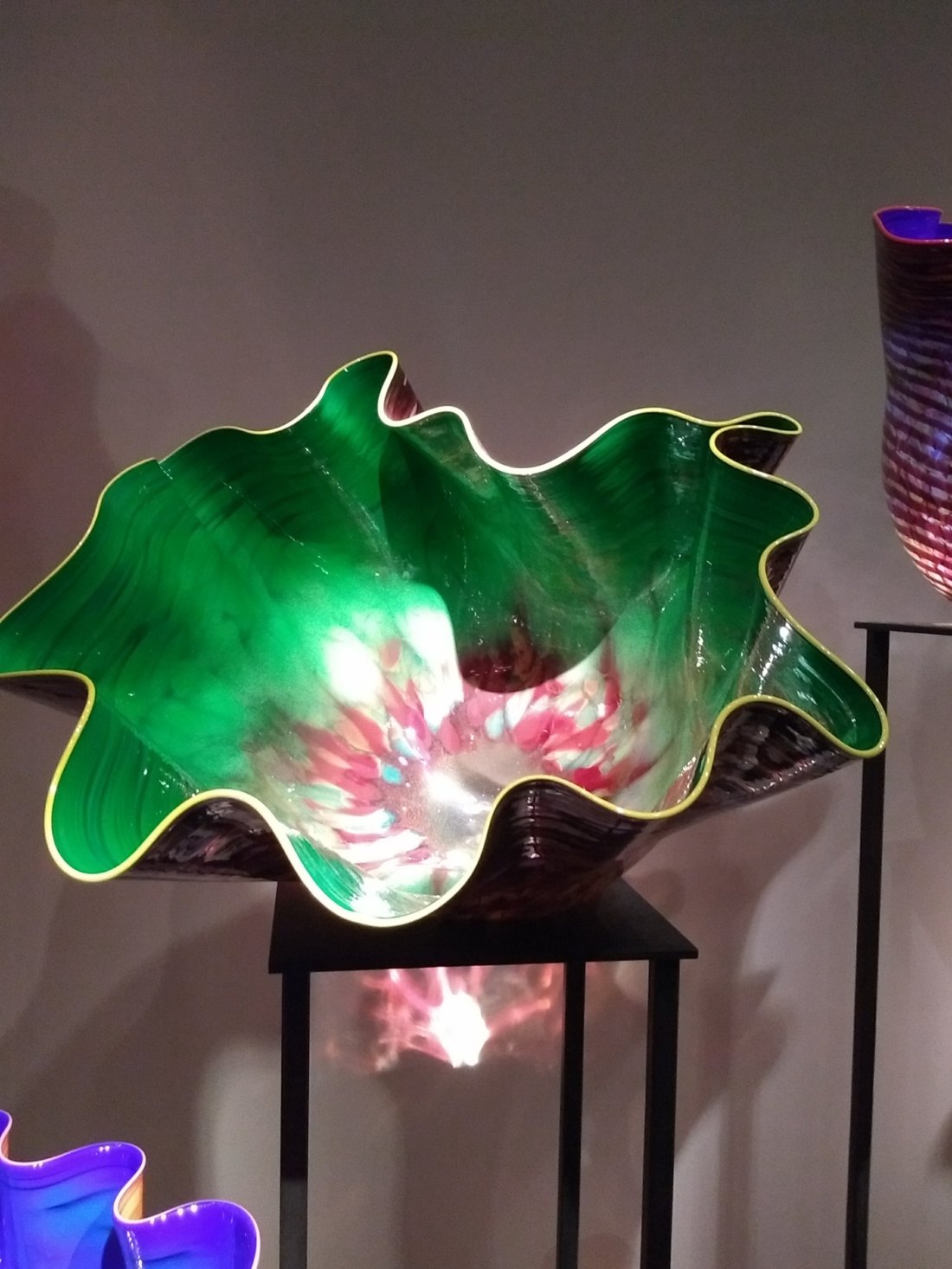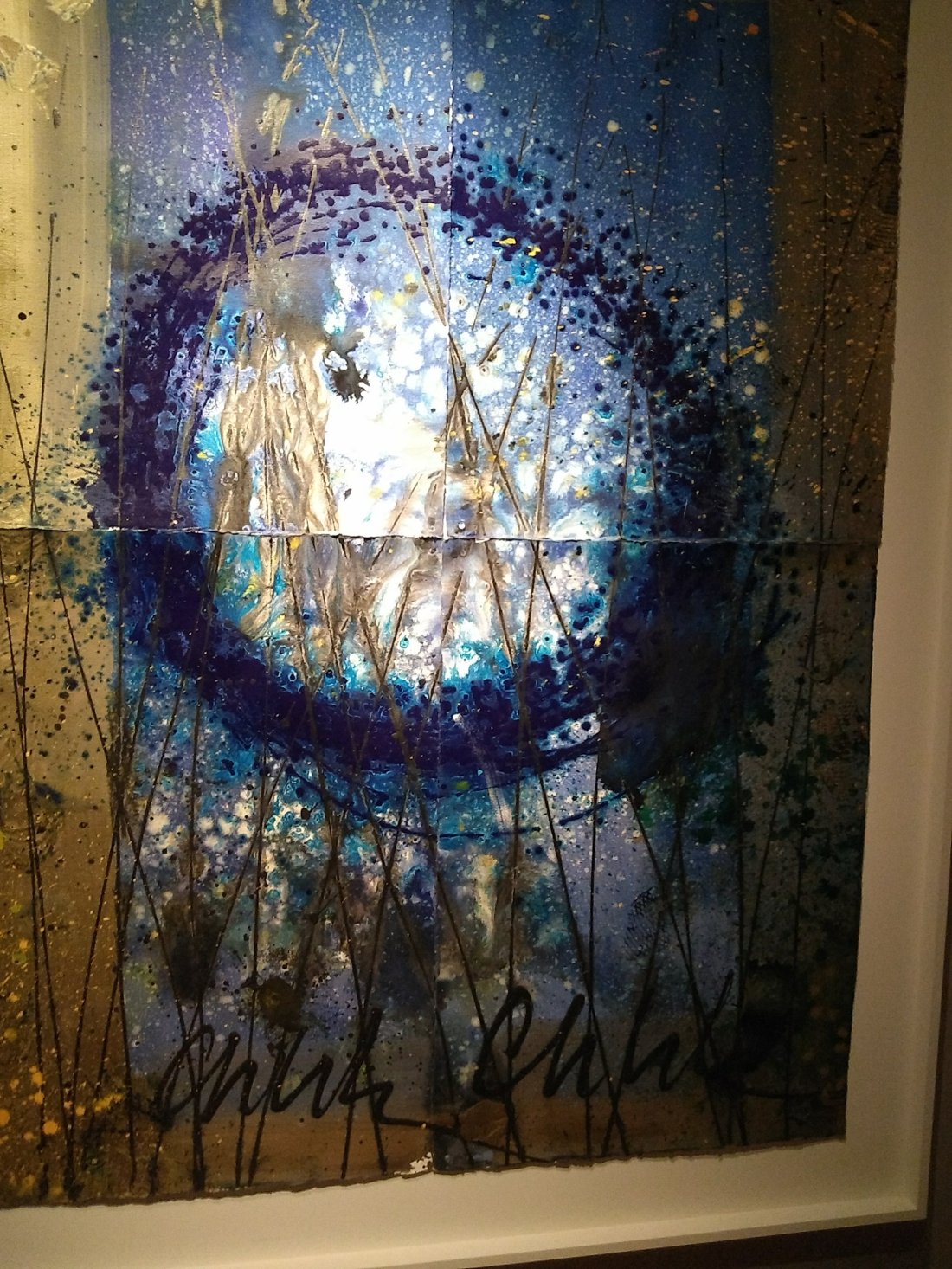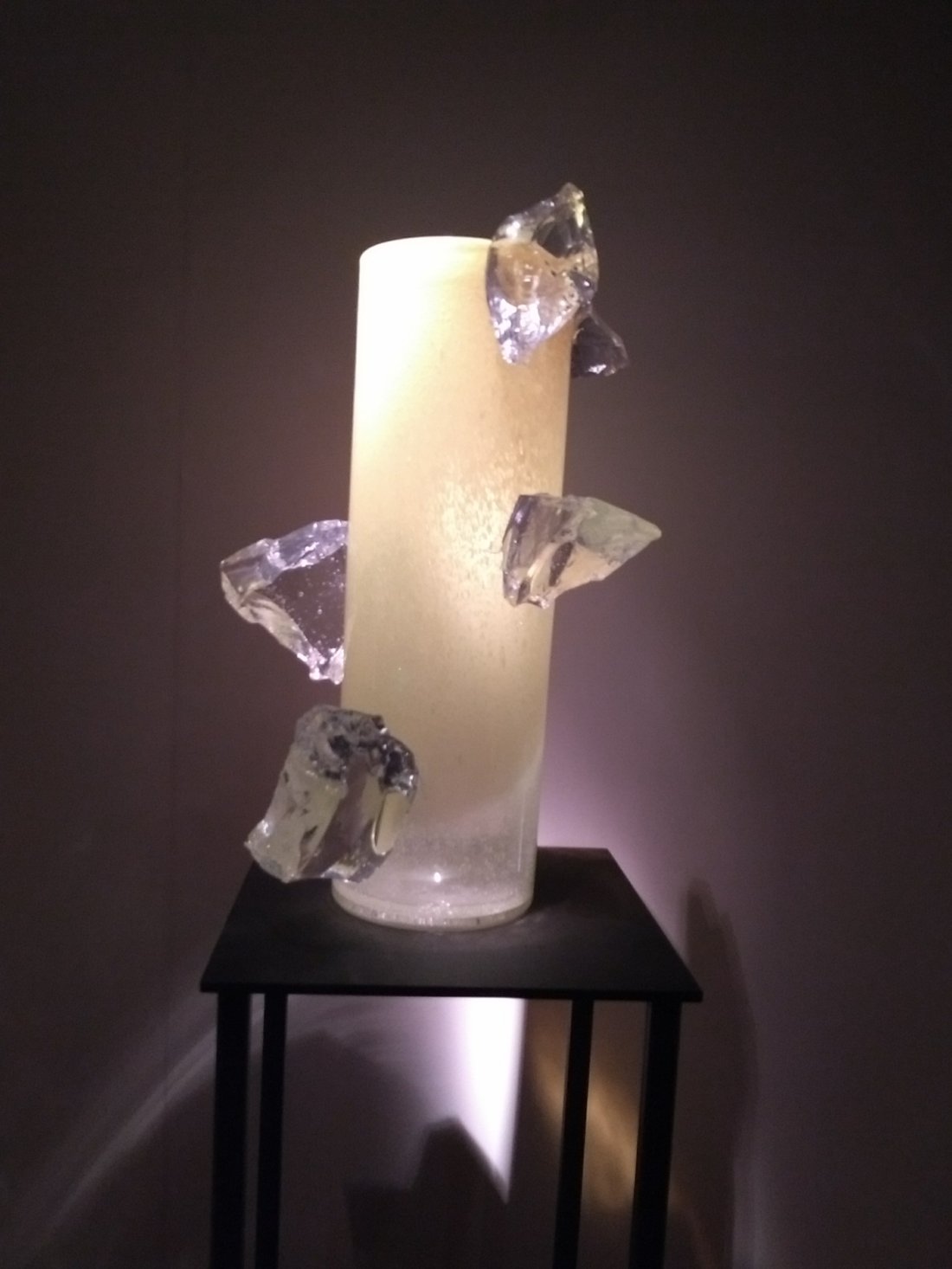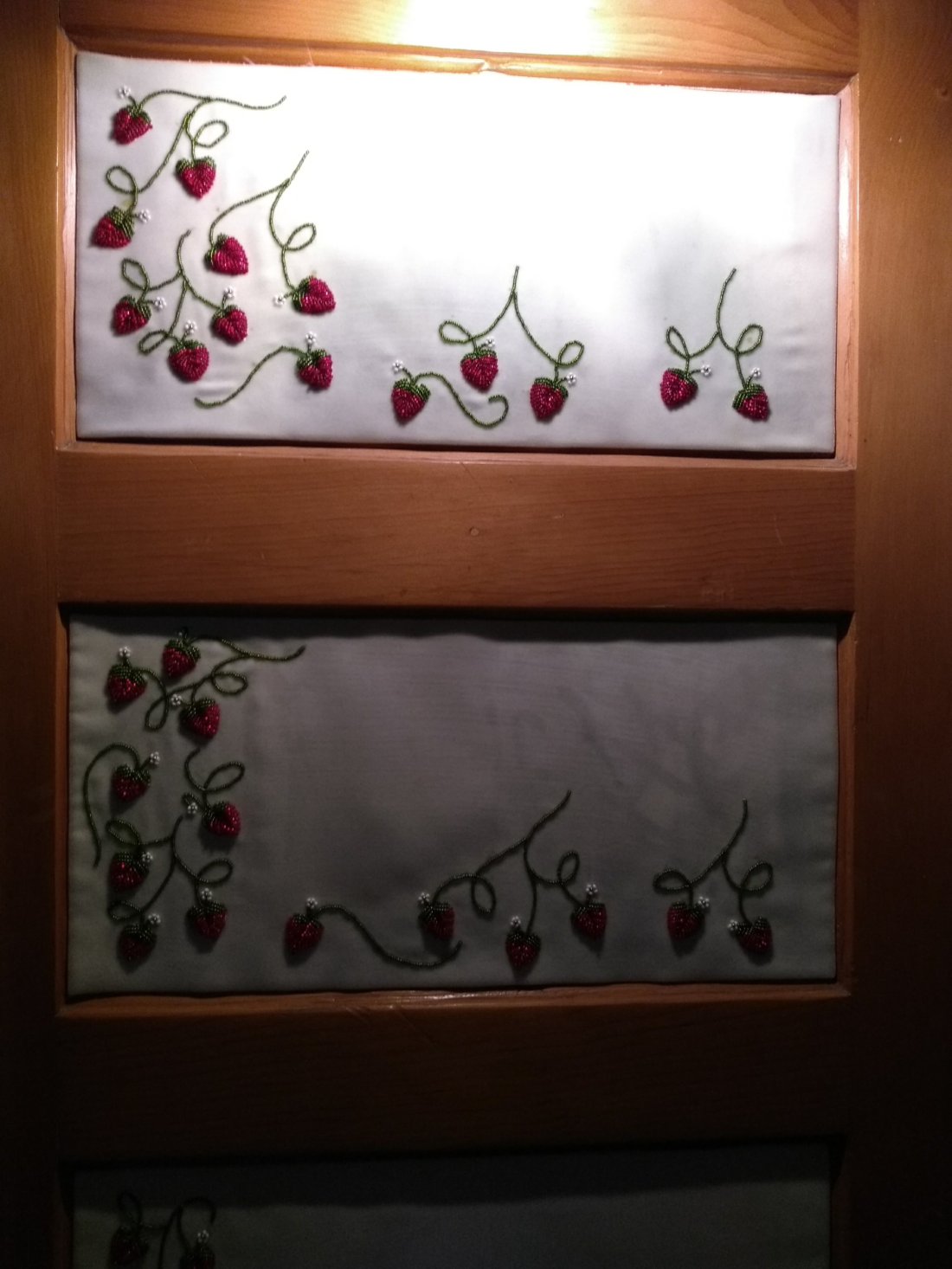On April 19, 1995 at 9:02 AM two home-grown terrorists blew up a truck stuffed with the equivalent of 4,000 pounds of TNT in front of the Alfred Murrah Federal building. 168 people died including 19 children. More than 500 persons were injured and 324 buildings destroyed in a 16-block radius.
The then-mayor created a 350 person committee comprised of family members, survivors, rescuers, civic leaders and design professionals to solicit input, put out a request for designs, and then pick one design.
The result is the Memorial Museum and the Outdoor Symbolic Memorial, also called the Garden. The Garden opened on April 19, 2000. Meant to be a place of peace and contemplation, it was incredibly sad.
Here’s the park map:

The centerpiece of the Garden is the Field of Empty Chairs. Bronze, stone, and glass chairs in two sizes are arrayed in nine rows. The rows represent on which floor the person was working or visiting. The sizes denote adult or child.

We were told by the Park Ranger that we were free to sit on a chair, say a prayer for the person whose name is etched in the glass, and say his or her name out loud.
I chose to honor Kayla Marie Titsworth, a 3 year who accompanied her father and mother to the 4th floor, as he reported to his new assignment at the Army Recruiting office. He and his wife survived, but she did not.

Pines have been planted around the perimeter, and they will grow to 90 feet, just as tall as the building was.

The reflecting pool is only an inch deep, and designed to keep water flowing into and out of tiny ditches. It is located where N.W. 5th street had been.
The second floor was a nursery and one woman lost two grandchildren in the attack. Two nursery attendants also died.

The 9:01 gate represents the Age of Innocence, or as the museum says “A day like any other”.

The 9:03 gate represents the Age of Healing, but I consider it the Age of Horror…at the senselessness of it and the continuing violence by hate-filled Americans. I didn’t take a picture of it.
The Survivor Tree (an American elm) lost all its leaves from the blast and had hundreds of pieces of glass, plastic and concrete imbedded in the trunk. Arborists were about ready to take it down when they noticed new leaves forming.
Planted in the 1920s it was the lone tree in a parking lot and struggled to get nutrients through all the asphalt. It became an important symbol after the blast.

The Survivor Wall is located at the East end of the Memorial. More than 600 names are inscribed on salvaged pieces of granite from the Murrah Building lobby. The names are very difficult to read on the pock marked slabs.

According to the Park Ranger the Park adds names as people request. Some survivors are so traumatized that they don’t want to be listed. Many people in surrounding buildings were hit by flying glass and many suffered permanent loss of hearing and sight.
As for the date of the attack…
According to CNN’s fast facts online:
April 19 marks two anniversaries. Patriots’ Day is the anniversary of the American rebellion against British authority at Lexington, Massachusetts, in 1775. It is also the date that federal agents raided the compound of a religious sect in Waco, Texas, in 1993. More than 80 members of the Branch Davidian sect died in a fire that began during the raid.
Timothy McVeigh claimed he was avenging the Waco attack.
The museum itself was slickly done. Oklahoman Kristin Chenoweth welcomed us via video and claimed Oklahomans are strong, patriotic, and won’t be broken.
News coverage from that time bombarded us from several monitors.
Later, we listened to the recording of a water board hearing in a building across the street from the Murrah bulding. The 9:02 blast was clearly heard on the recording, and the judge ordered people to get out. That building was later demolished.
The museum has the getaway car, 2 twisted axles and other parts from the rented Ryder truck.
There’s also an exhibit about a couple (the Fortiers) that knew of and assisted in the planned attack. They turned state’s witness and are now in a witness protection program.
One positive aspect of the museum is that the FBI created a department specializing in home-grown terrorism. Up to that point it was assumed all terrorists were foreign: Columbian, Italian, Middle Eastern/Muslim, Salvadoran, etc.
I’d like to say “Never Again” but we know that that’s not going to happen in the U.S.
Across the street from the 9:03 gate is a statue erected by St. Joseph’s Catholic Church called “And Jesus Wept”. It is facing away from the devestation.
I’ll end my post with that.




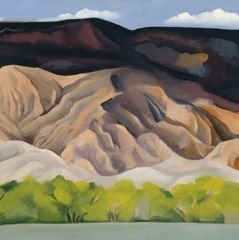
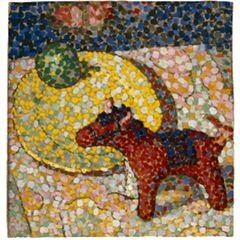 From there, we walked to the main plaza and were disappointed to find that the Palace of the Governors is closed for renovations. The plaque said it is the oldest public building in the U. S.
From there, we walked to the main plaza and were disappointed to find that the Palace of the Governors is closed for renovations. The plaque said it is the oldest public building in the U. S.




 We walked up capital “hill” and spied the state supreme Court off this walkway. Very unassuming.
We walked up capital “hill” and spied the state supreme Court off this walkway. Very unassuming.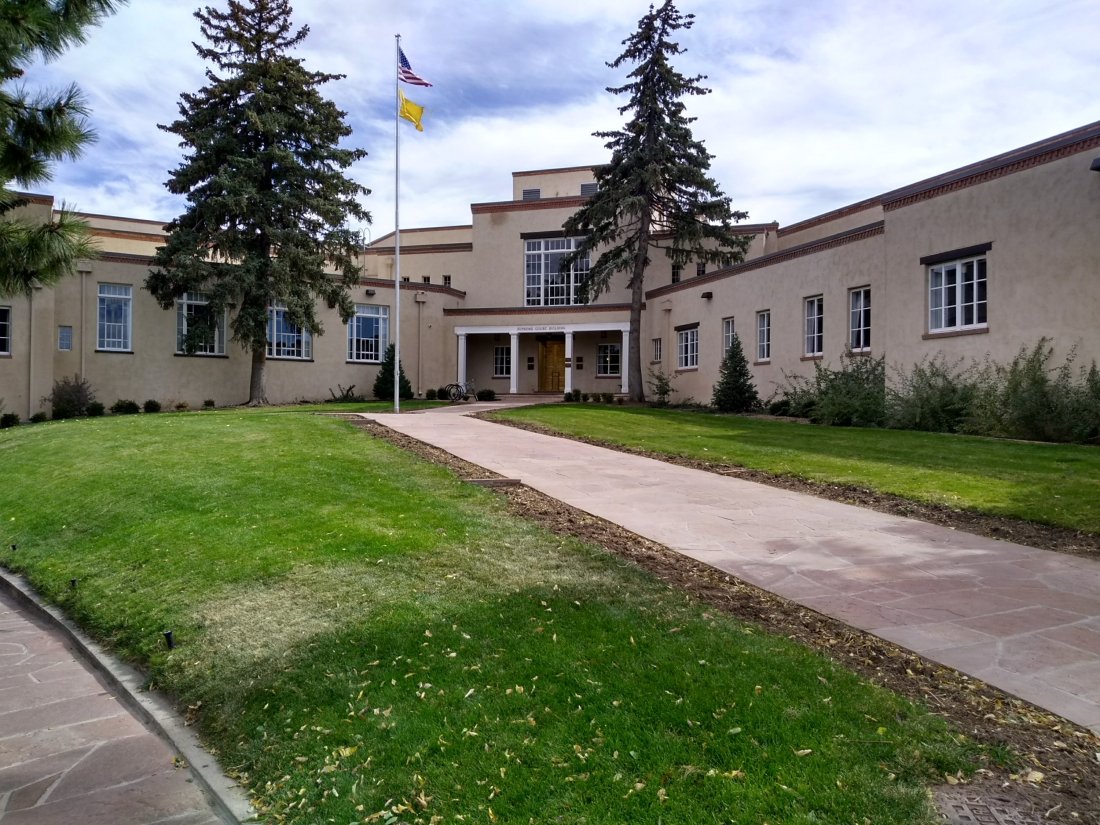





 This Altered Book 74 is words covered by broken bits of blue glass.
This Altered Book 74 is words covered by broken bits of blue glass.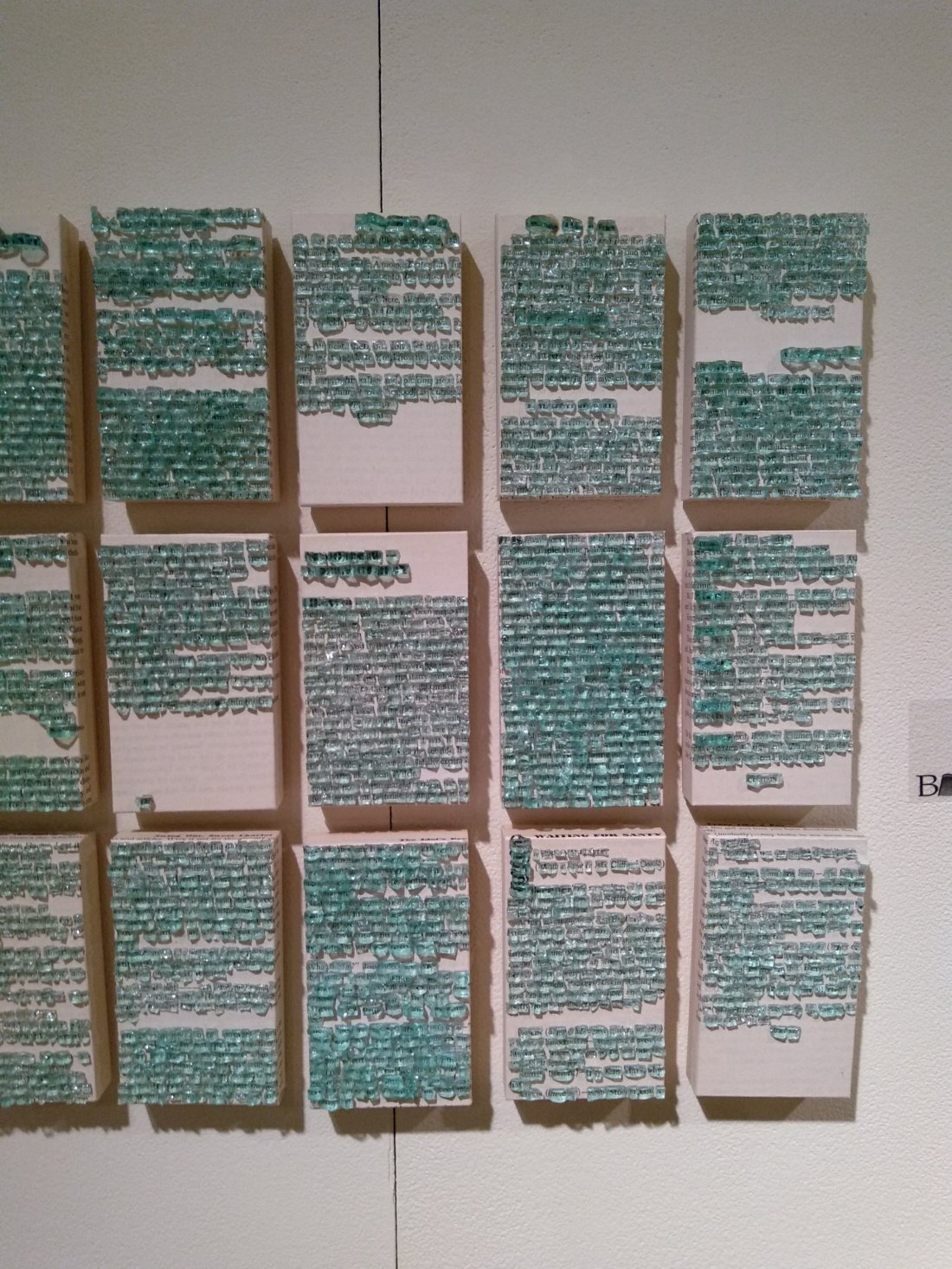
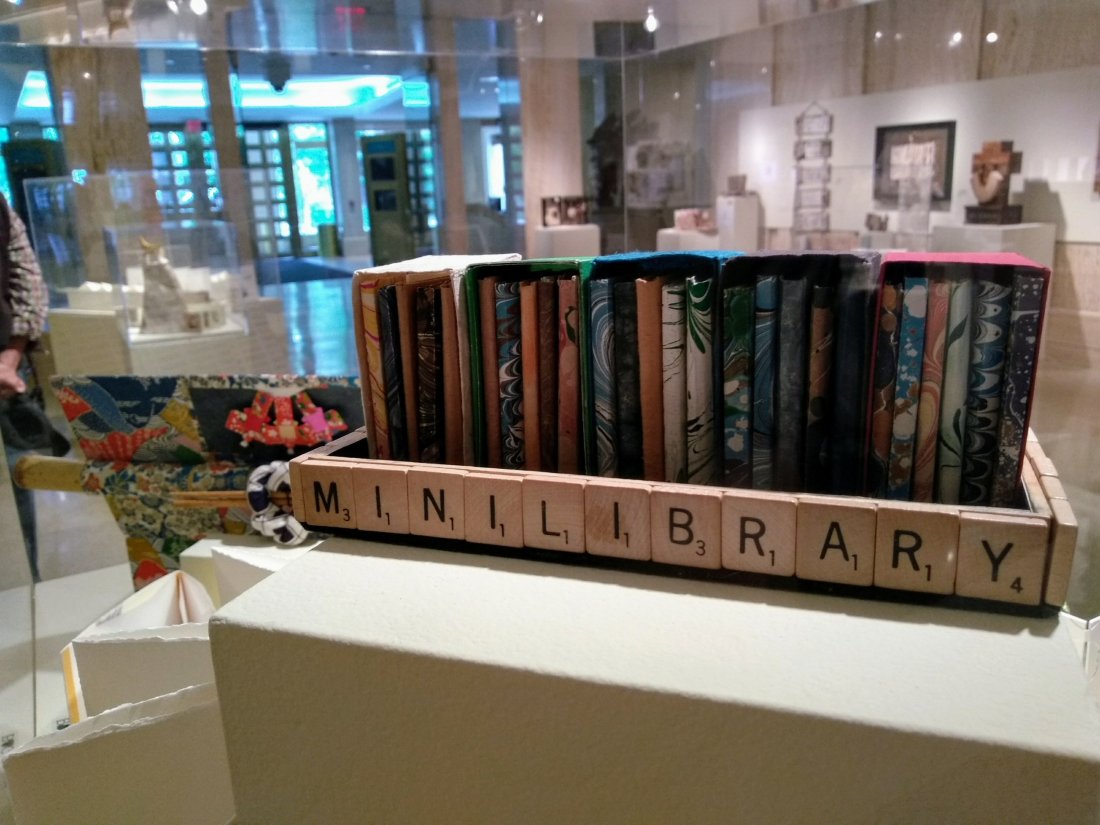




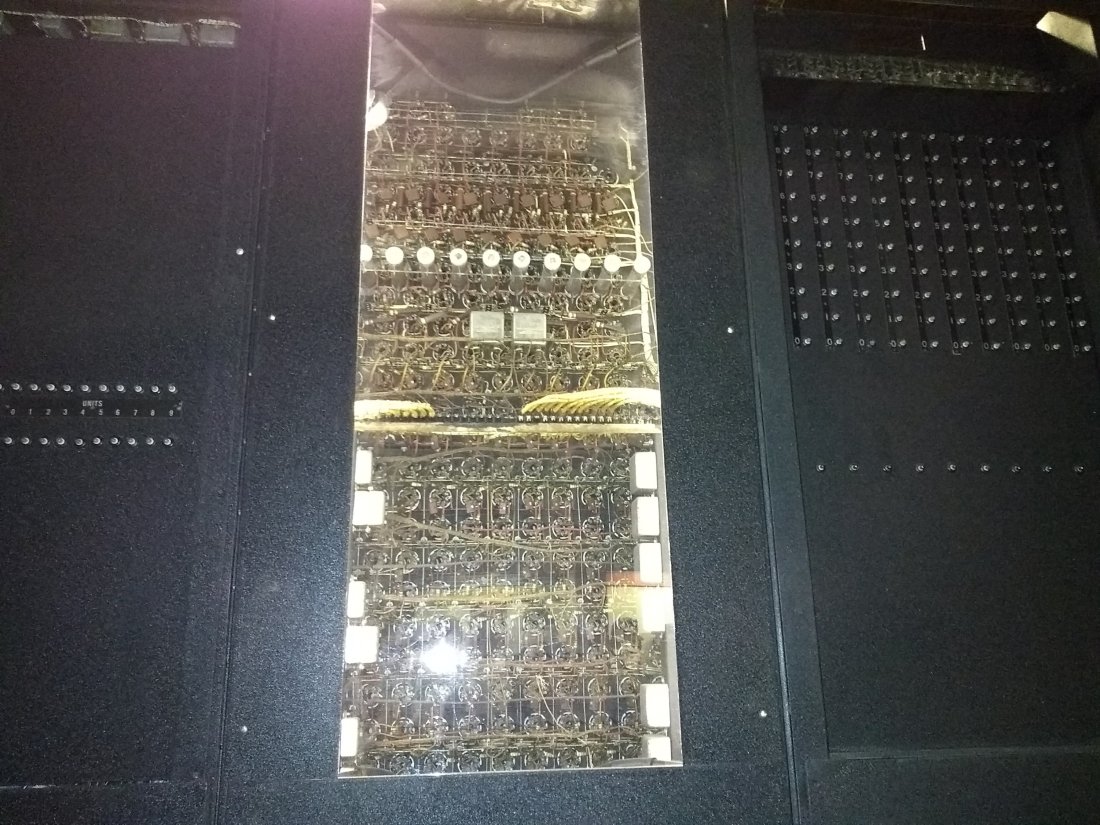








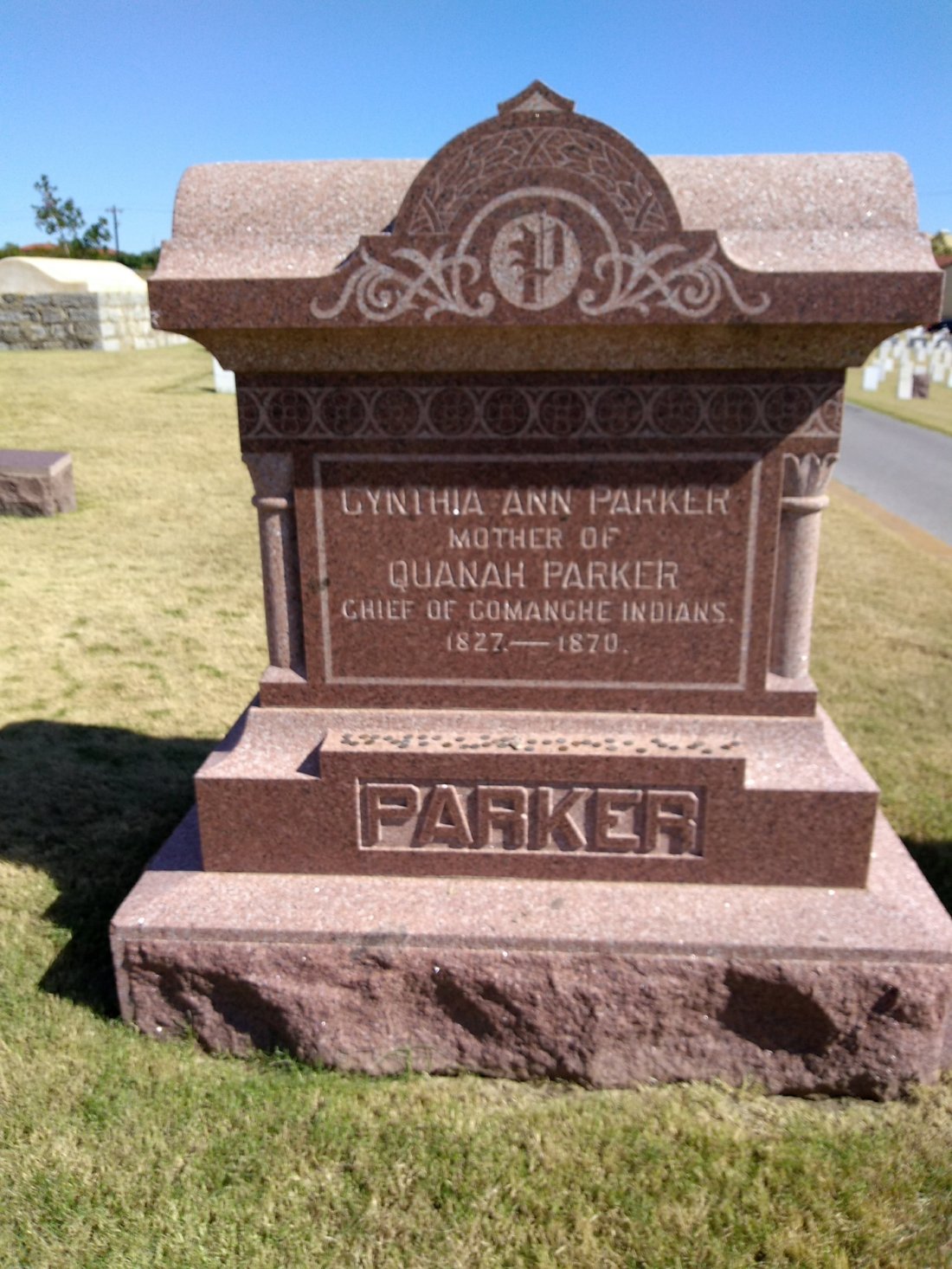

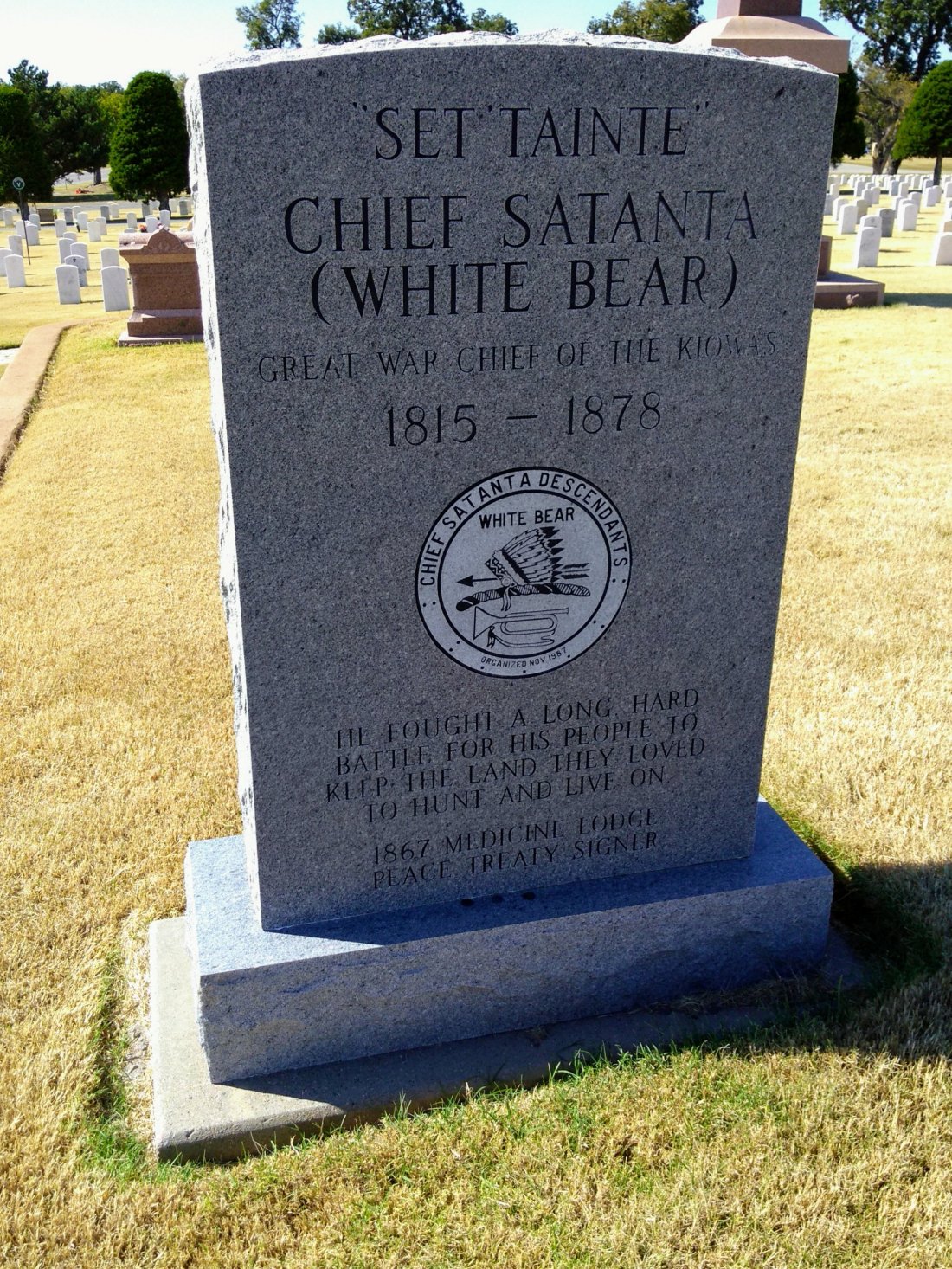








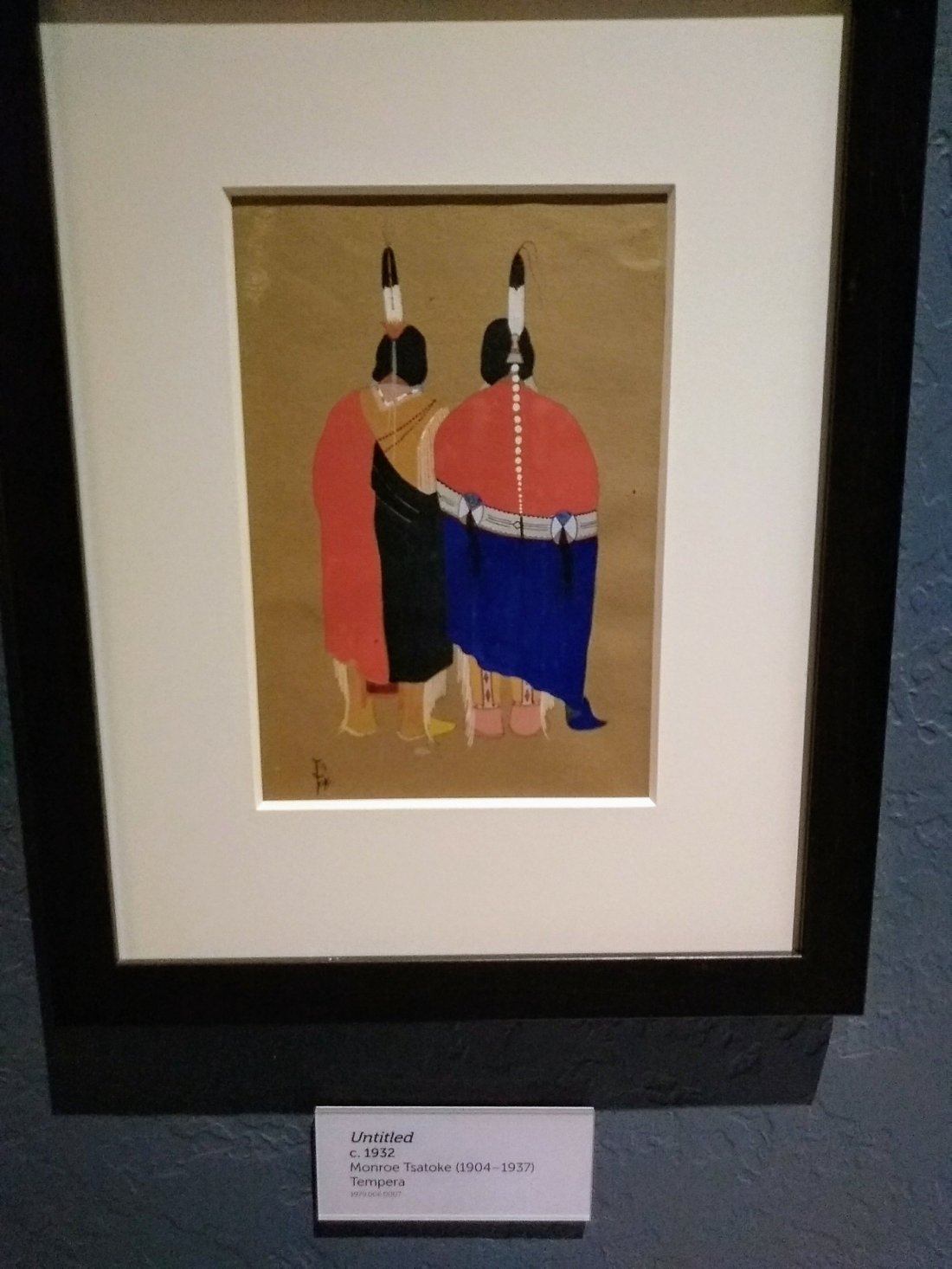

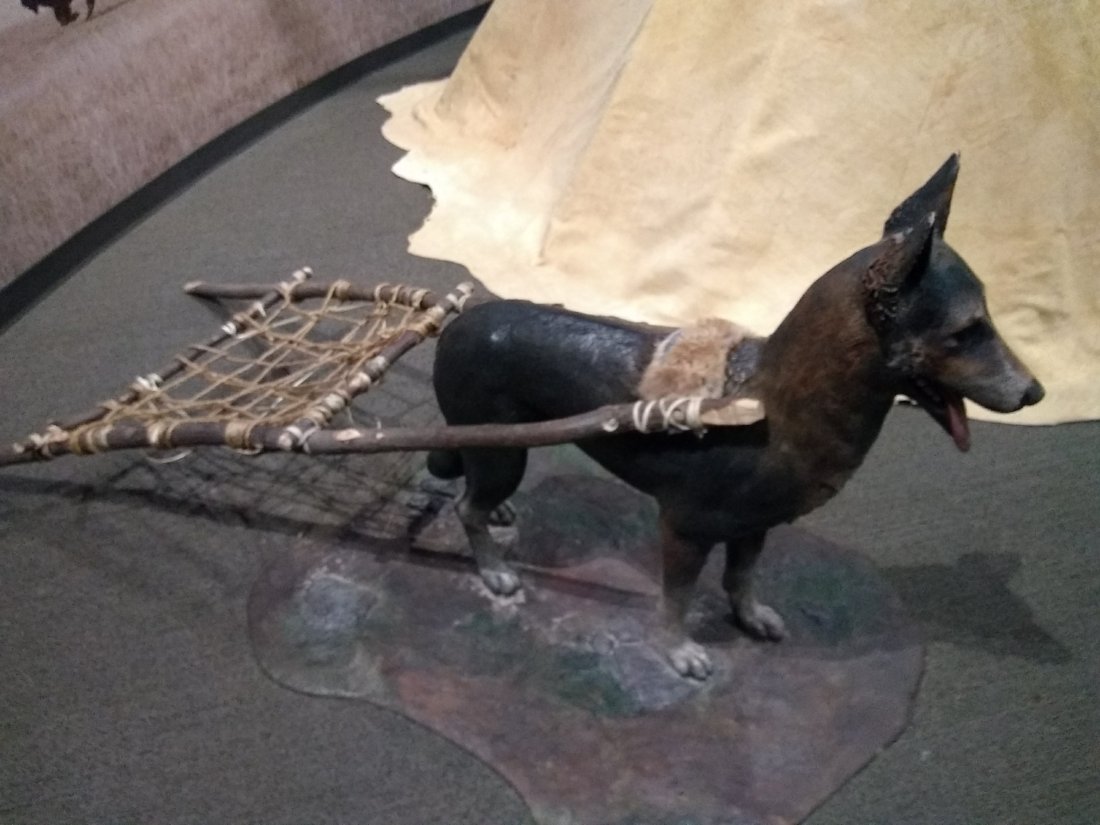








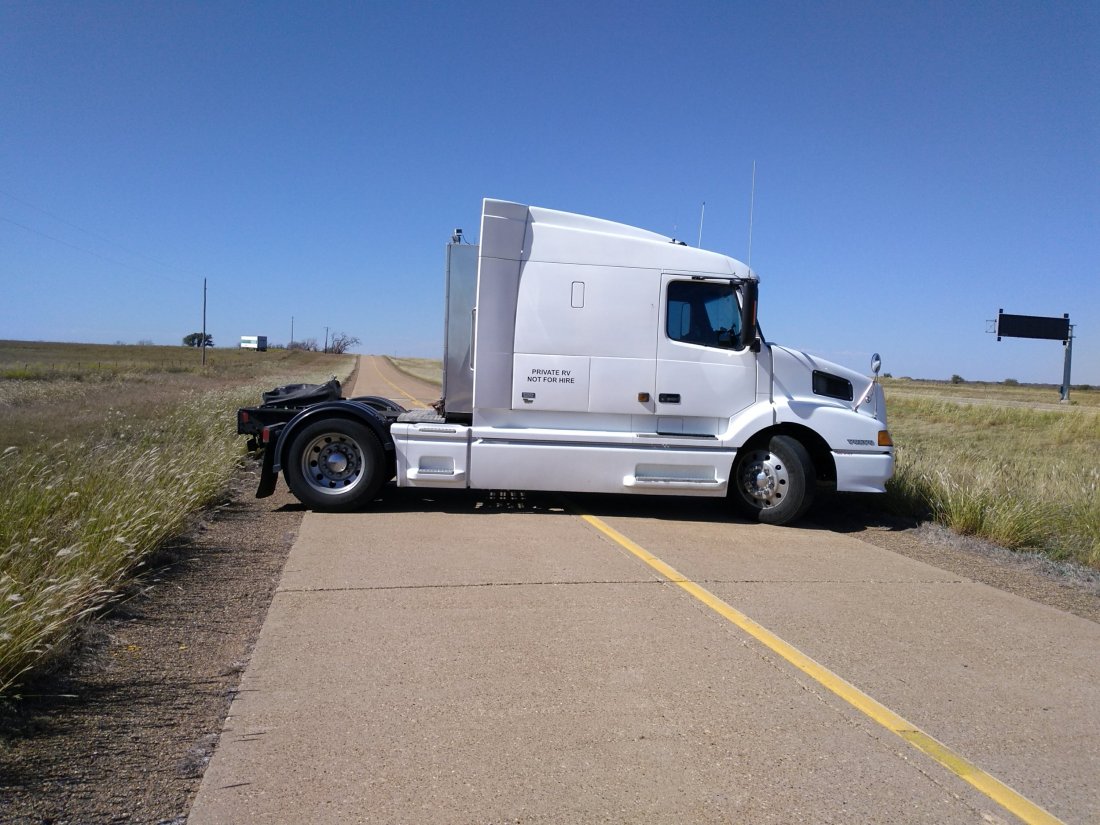


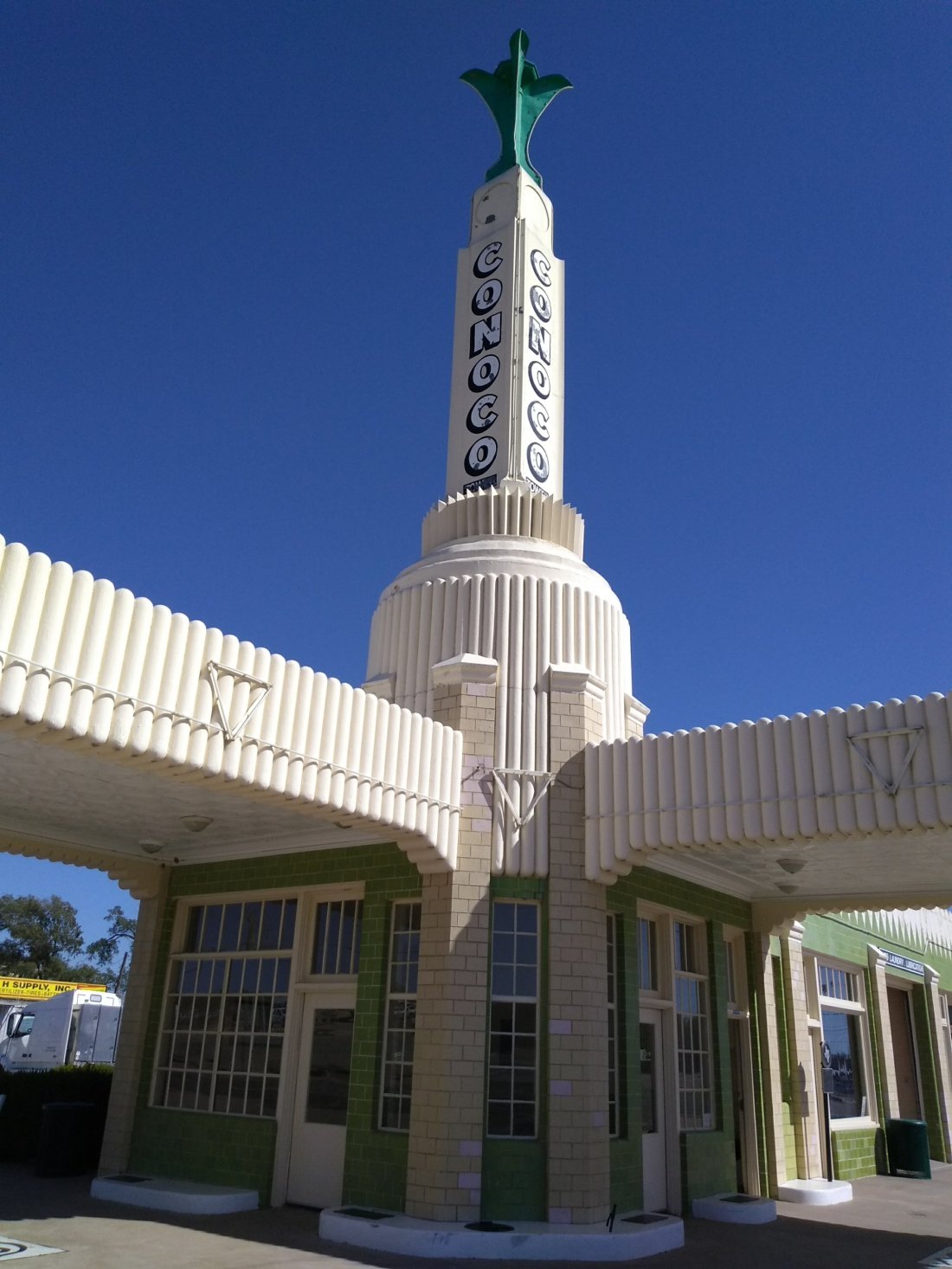

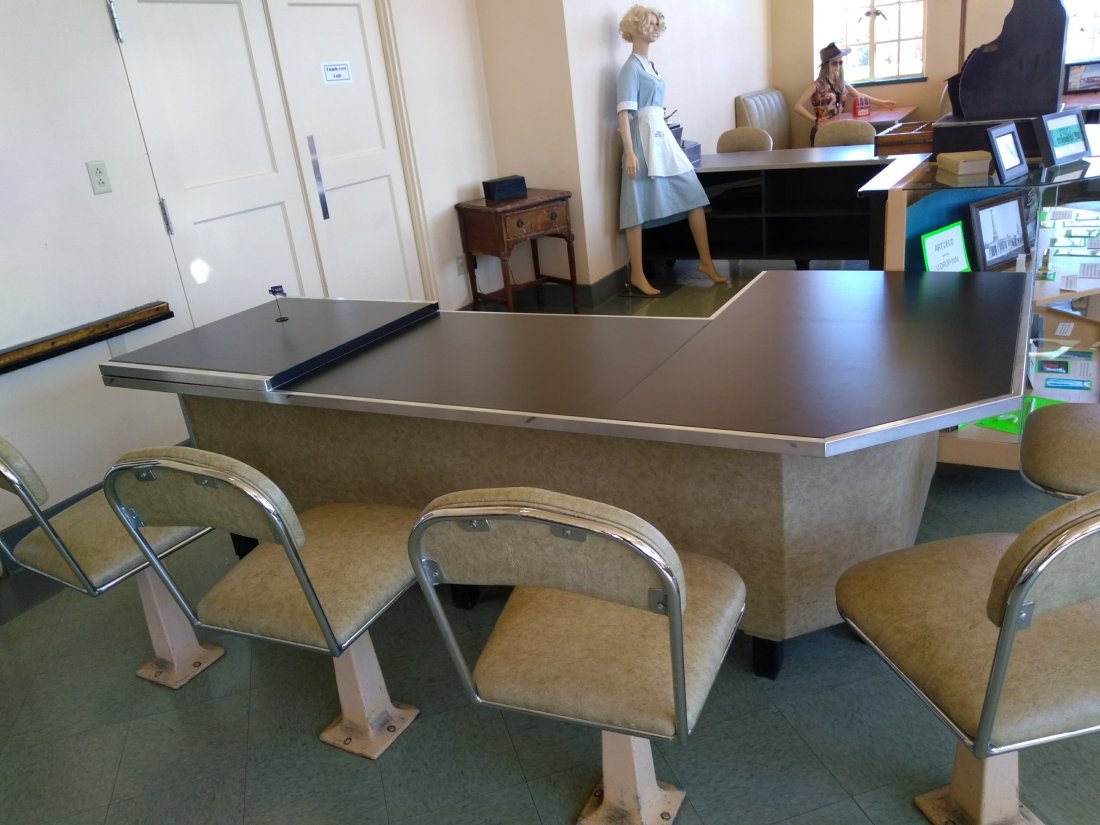












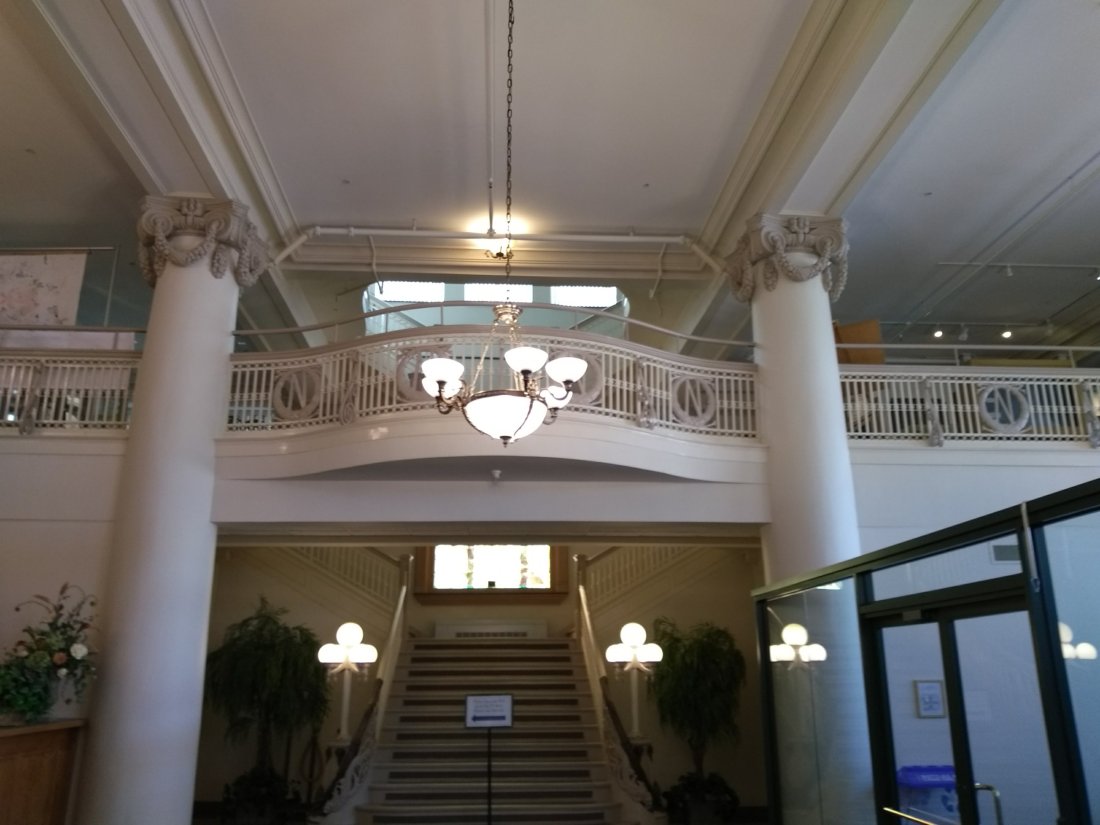 The visitor center rep said if a woman was rich enough to have her hair done, she wanted the whole town to see it!
The visitor center rep said if a woman was rich enough to have her hair done, she wanted the whole town to see it!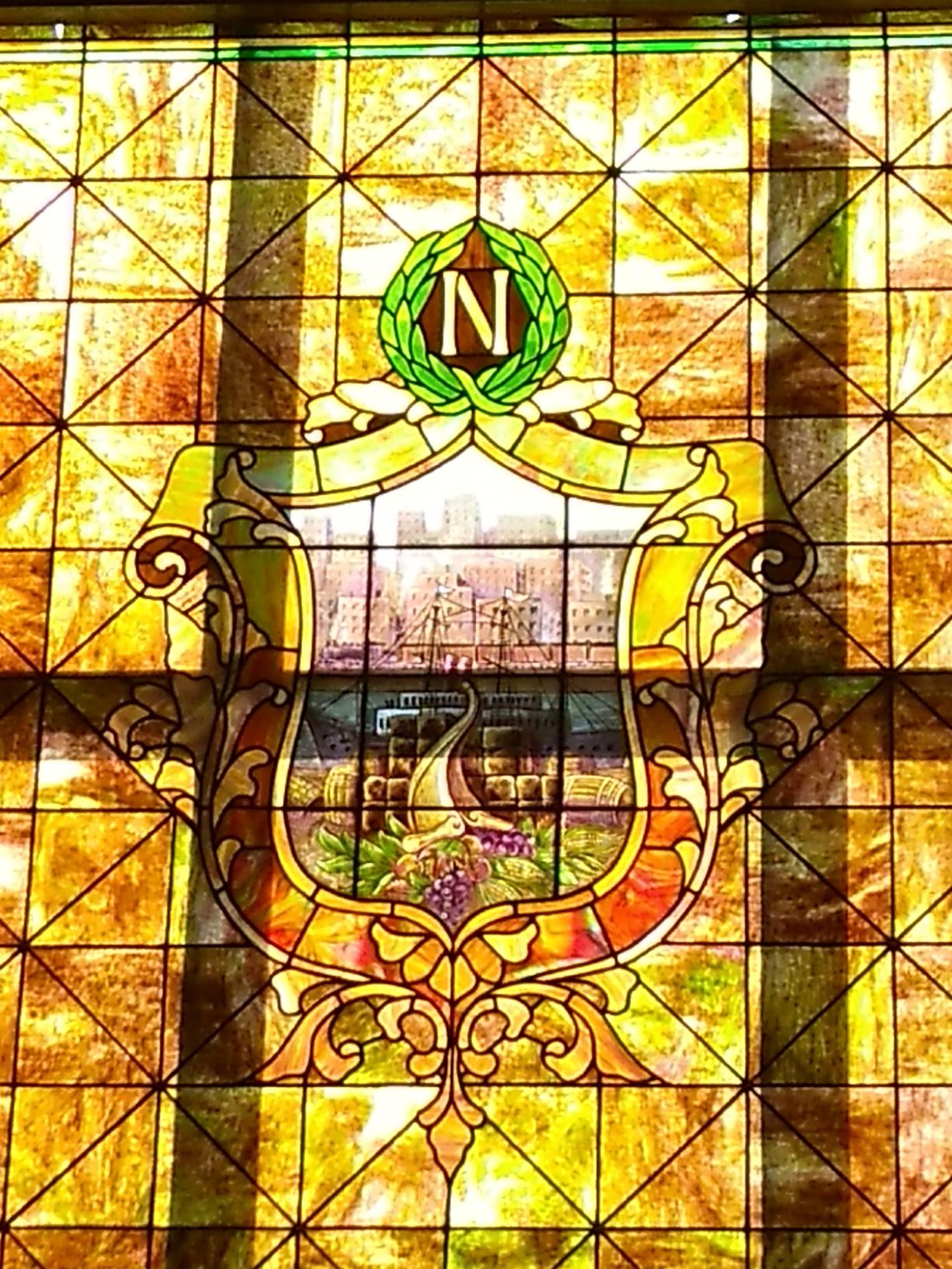 In the lobby are mounted paintings by grandfather and grandson. Thomas Hart Benton came out of retirement to paint a picture celebrating Joplin’s 100th anniversary. Entitled “Joplin at the turn of the century, 1896-1906” it depicts the community with some well known (at that time) faces.
In the lobby are mounted paintings by grandfather and grandson. Thomas Hart Benton came out of retirement to paint a picture celebrating Joplin’s 100th anniversary. Entitled “Joplin at the turn of the century, 1896-1906” it depicts the community with some well known (at that time) faces. Just 6-8 feet away is mounted a painting entitled “Route 66, Joplin, Missouri”, by Anthony Benton Gude. This is a mashup of stores and scenes from the 1940s and 1950s. Route 66 went right through the center of Joplin. It’s now called 7th Street.
Just 6-8 feet away is mounted a painting entitled “Route 66, Joplin, Missouri”, by Anthony Benton Gude. This is a mashup of stores and scenes from the 1940s and 1950s. Route 66 went right through the center of Joplin. It’s now called 7th Street. Leaning against an adjacent wall is a 900 pound string art piece created during an Extreme House Makeover in 2012. It depicts the places that the television crew (production, cooks, security) and volunteers came from to build seven homes in a week. They brought their own trailers and RVs since housing was so scarce in 2012.
Leaning against an adjacent wall is a 900 pound string art piece created during an Extreme House Makeover in 2012. It depicts the places that the television crew (production, cooks, security) and volunteers came from to build seven homes in a week. They brought their own trailers and RVs since housing was so scarce in 2012.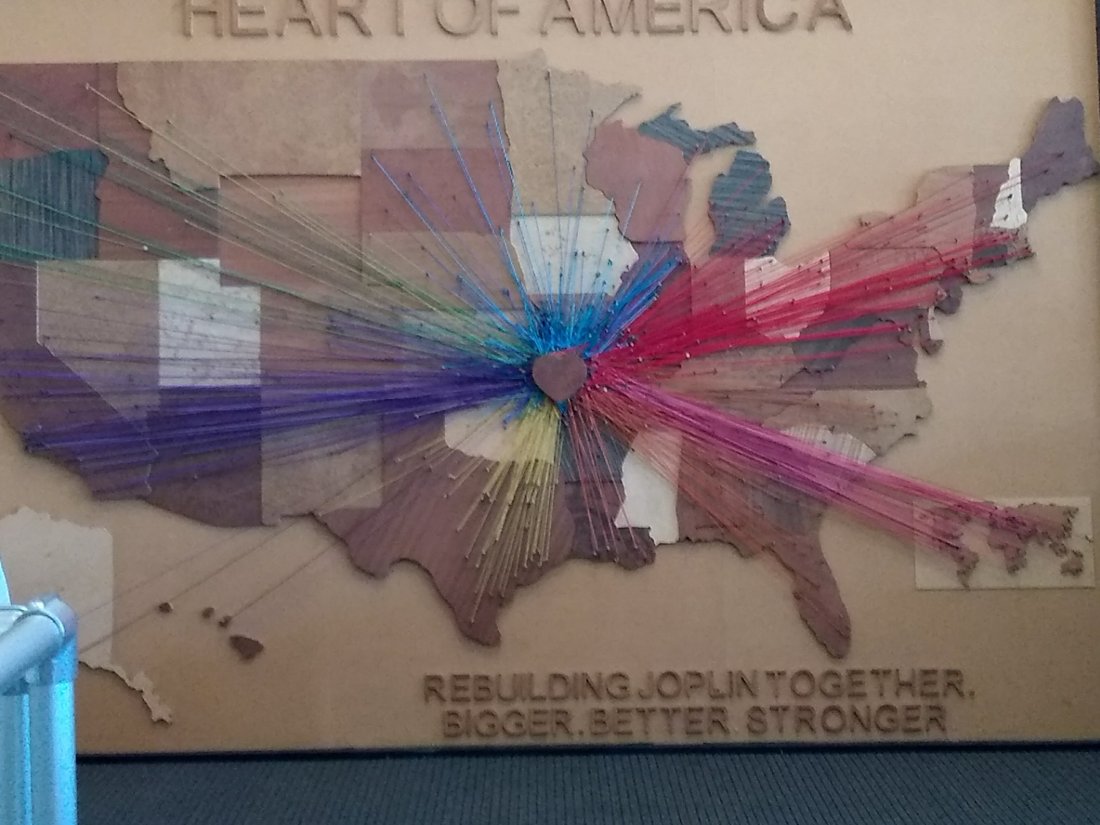 On May 22, 2011 an EF5 (devestating) tornado tore through Joplin, killing 158 and injuring more than 1,000. We were told hundreds of homes and businesses were flattened.
On May 22, 2011 an EF5 (devestating) tornado tore through Joplin, killing 158 and injuring more than 1,000. We were told hundreds of homes and businesses were flattened. Here’s the whole front.
Here’s the whole front.


 Schifferdecker made his money brewing beer, then invested in the mines in the area. He left Baden, Germany at 18, but designed his home based on castles along the Rhein. A generous philanthropist, a park, a golf course, and streets are named after him.
Schifferdecker made his money brewing beer, then invested in the mines in the area. He left Baden, Germany at 18, but designed his home based on castles along the Rhein. A generous philanthropist, a park, a golf course, and streets are named after him.

